Community coming together for the launch of Made in Baltimore in 2017.
We are at a decision point.
Which side of history we will stand on?
One of hate and racism? Or one of action and compassion?
On January 6th, 2020, the White mob was given free rein in Washington DC to break into the Capital building, and then “escorted” to leave.
If we ignore this, we turn away from the truth of where we stand as a nation.
If we think – this is just some extremist fringe, this isn’t us – then we also ignore what goes on in every single one of our communities.
Let’s look at it locally.
Do the business leaders in your community reflect the demographics of your community? No? Then you have a racism problem.
Does local spending on all forms of economic development (incentives, tax breaks, grants) benefit the Black, Latino, and other communities of color proportionately to the White population? No? Then you have a racism problem.
Do you have some neighborhoods that are “just too poor to help” and those neighborhoods just happen to be predominantly Black? Yes? Then you have a racism problem.
Are your schools almost completely segregated because that’s “just where the housing is”? Yes? You have a racism problem.
A seditious act to overrun Congress is different than the systemic racism in our local economic and planning decisions, but they are all part of the problem.
I understand that we, as individuals today, may not have created these outcomes or made those decisions. We inherited them. They come from the systemic racism baked into the way our economic development, housing, and community development policy decision-making happened.
But we perpetuate them in the decisions we make at the local level every day.
We see it in every project. At the start of every Recast City project, we work with communities to build a list of small-scale manufacturing businesses that represent the demographic diversity of the community. Those include Black, Latino, and other business owners of color at least proportionate to their local population, and ideally as a more dominant portion if past decisions and investments missed these communities (which they almost always do).
Every community struggles to do it. Every single one.
It isn’t out of malice. It isn’t out of intent.
It is born of the systemic racism baked into all of our local systems and all the relationships we build at the local level.
So where does that leave us?
We have the responsibility, as local leaders, as members of our community, as people who believe in this country, to purposefully change those decisions.
If we do not take a stand, we are being complicit.
If we do not change our policies, where our local dollars go, and who they support, we are being complicit.
Jessica Randolph, Founder of JessBe Creative, and the social media lead for Recast City said it herself the night of the mob perfectly:
So which side of history will we stand on?
I commit to doing what I can to right the wrongs of systematic racism.
I commit to standing on the side of building wealth for more people.
I commit to standing on the side of bringing more people into our local economies.
I commit to standing on the side of a strong local economy that purposefully supports business owners who were never invited to the table in the past.
I commit to working every day to get more resources, more funding, and more support to Black, Latino and other business owners of color.
Let’s build great places – for everyone in every community. It’s beyond time.


